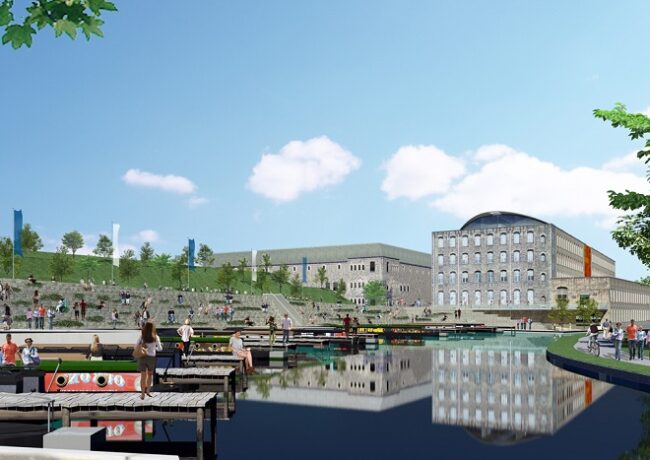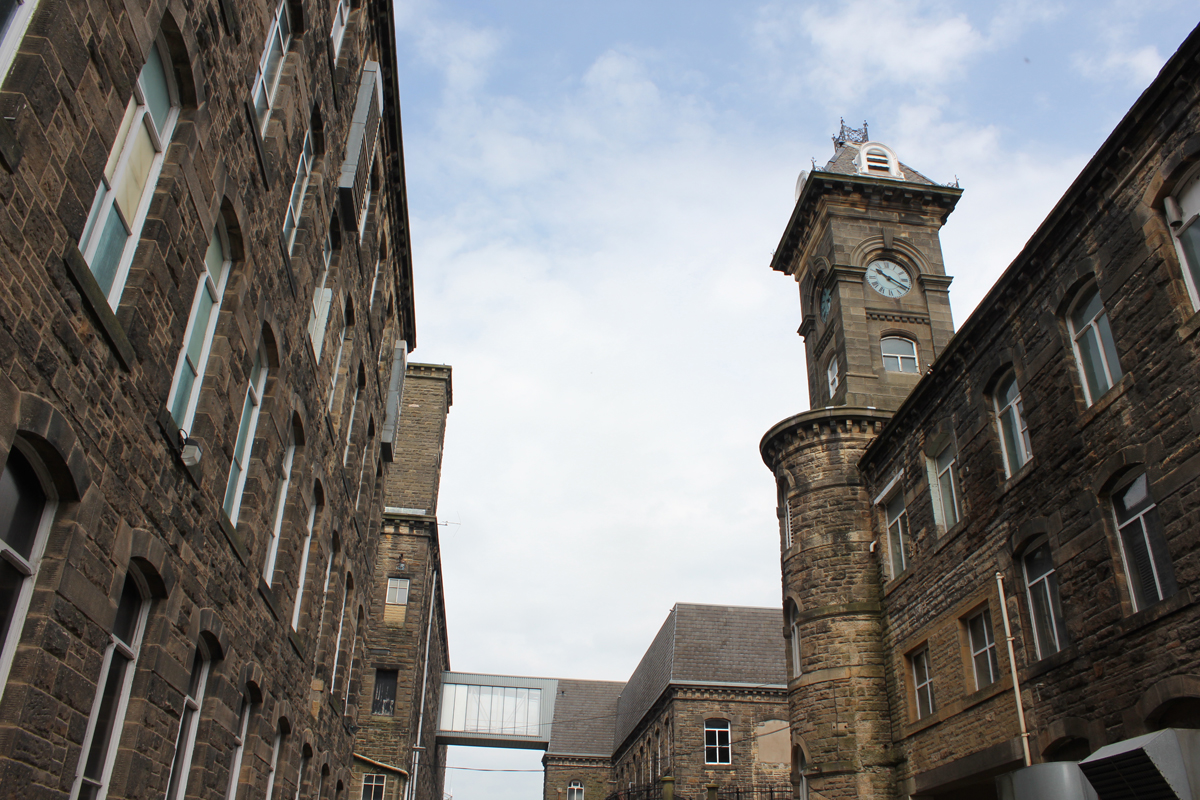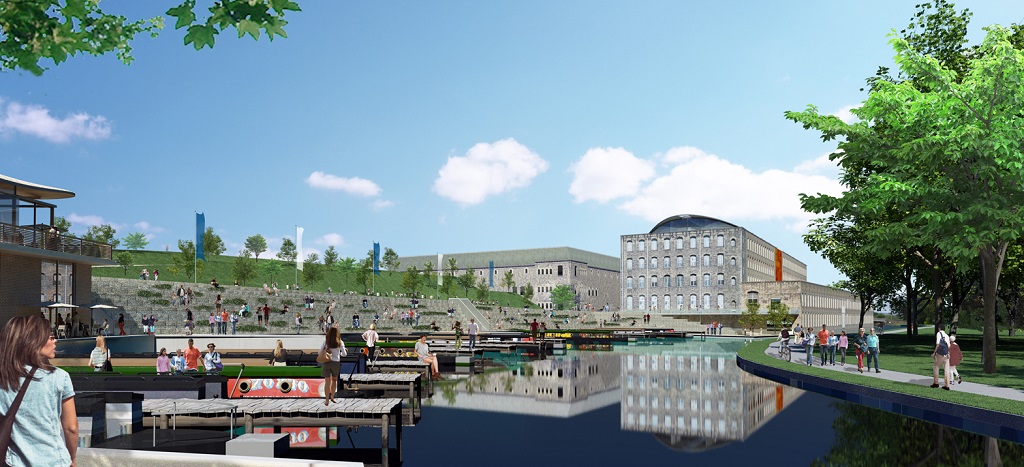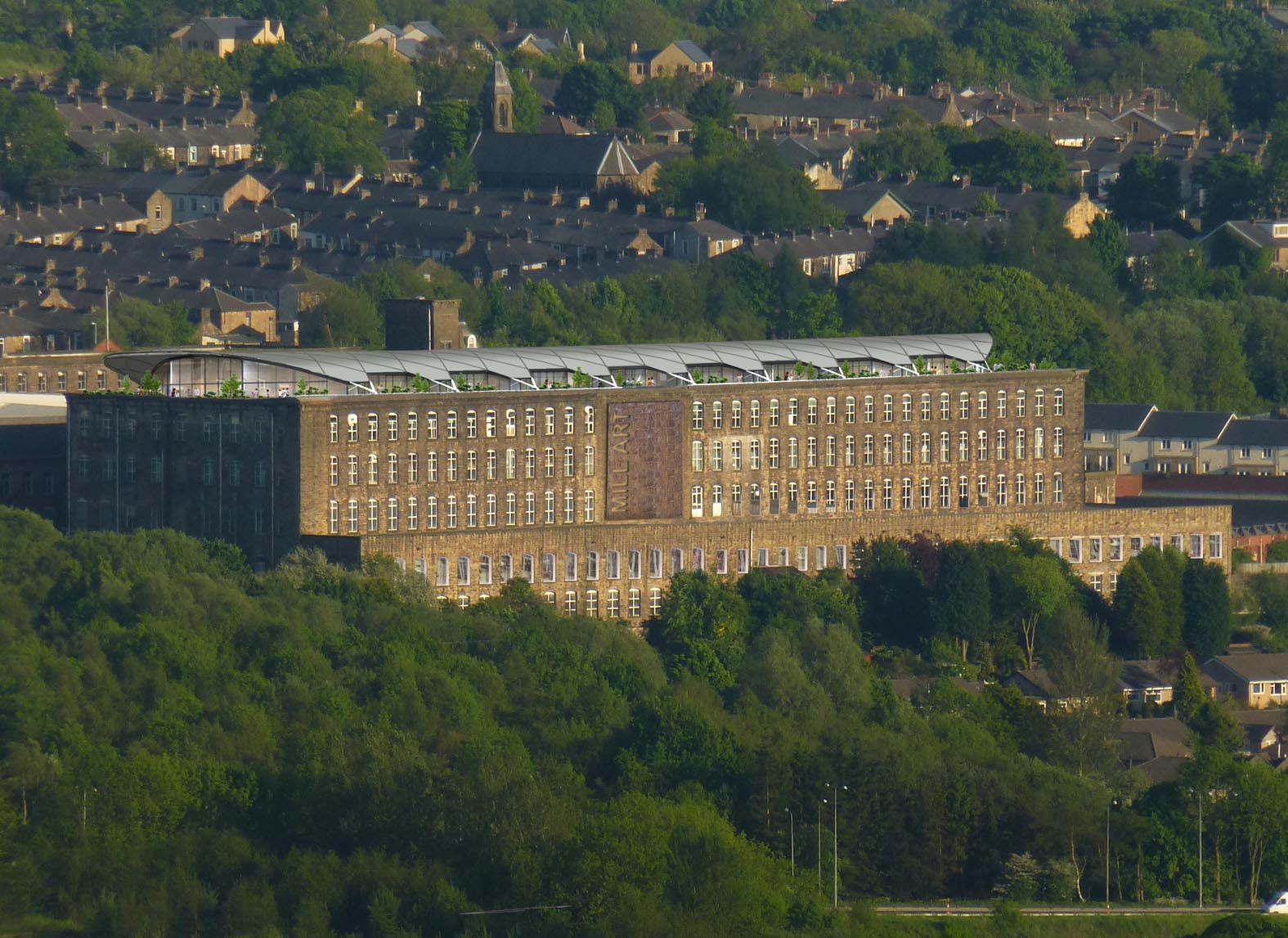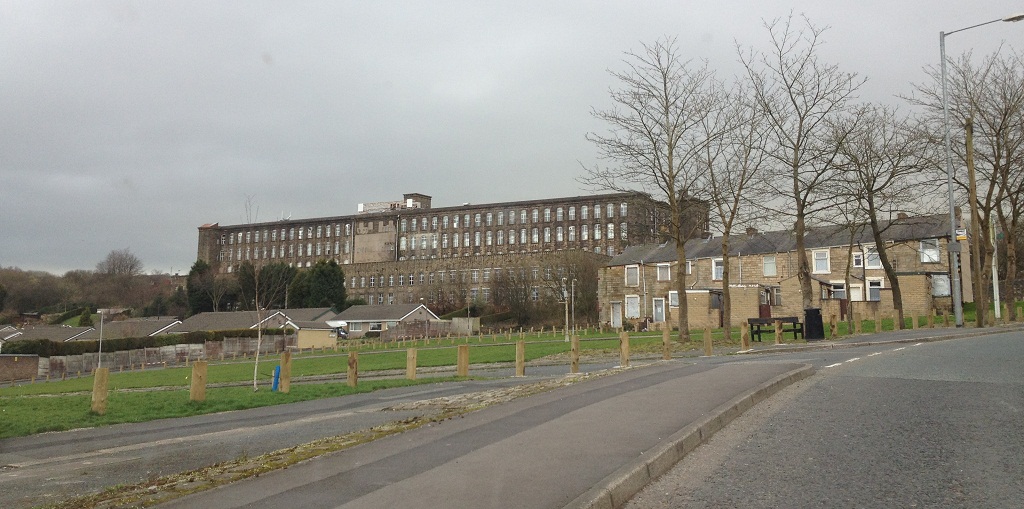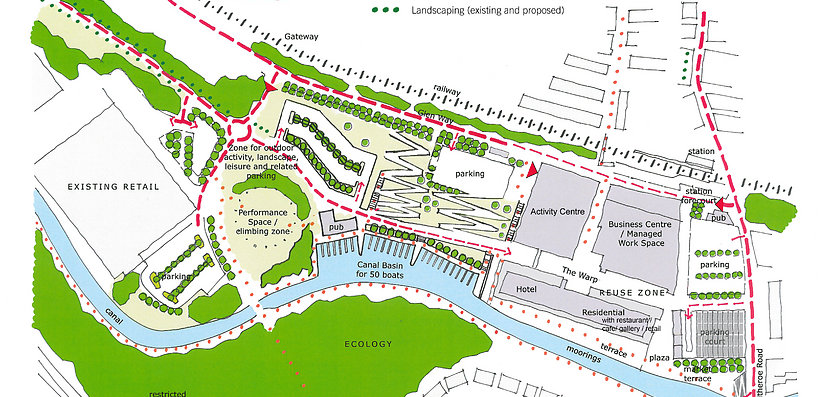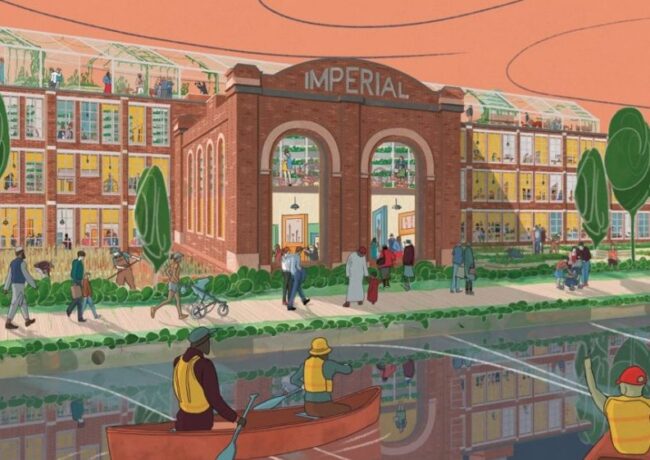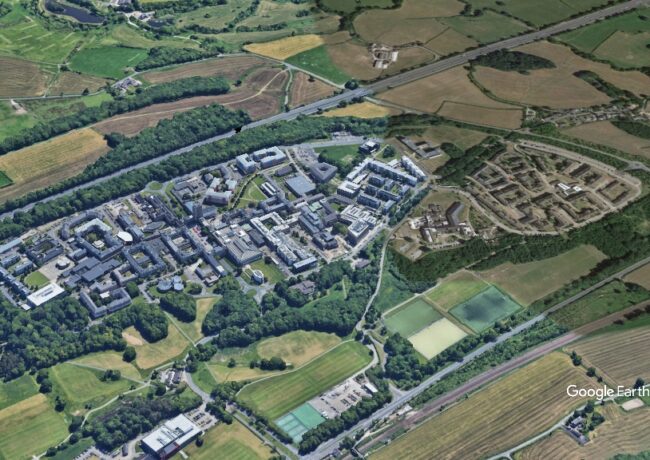Major mill conservation plan published
Pendle Council and Barnfield have unveiled plans for the conversion of the 380,000 sq ft Brierfield Mill into a hotel and apartments, along with restaurants, art gallery and shops.
Scroll down for gallery
The joint venture pair bought the derelict mill for £1.5m in March 2012 from local charity Islamic Help after a proposal for a girls' school failed to secure funding. The acquisition by the council and developer was fully funded by the Homes & Communities Agency.
The Victorian mill was transferred to the Pendle Enterprise And Regeneration Limited (PEARL) joint venture between the local authority and Barnfield Investment Properties.
PEARL is relaunching the mill with a new name, Northlight, and a masterplan by David Morley Architects, based in London. David Morley Architects designed the transformation of Lister Mills in Bradford for Urban Splash.
At Brierfield Mill, there will be a marina with 50 berths, a business centre and activity centre in the grounds next to the main mill building.
Rooftop apartments and a public rooftop area are also proposed, where visitors and residents can enjoy views as the sun sets over Pendle Hill, thanks to the mill's west facing position.
The architects' visuals show how a new marina and leisure facilities make the most of the Mill's position, on the edge of both town and country with views of an Area of Outstanding Natural Beauty.
Architect David Morley said: "Many of Yorkshire and Lancashire's Mills were pioneering buildings of their time but have since fallen into disuse because they are no longer adapted to society's needs. As the first cotton mill in the region, Brierfield Mill is no exception.
"One of the very special things about Brierfield Mill is the combination of handsome, highly adaptable buildings which are also fantastically accessible, both to the local community and the wider region.
"It is exciting to see how this is already beginning to attract interest from an amazing range of potential new users."
Brierfield Mill, built in 1838 on the banks of the Leeds and Liverpool Canal, covers seven acres. In its prime there were 79,000 spinning mules and almost 3,000 looms and it provided work for thousands of people in the community over five generations. In its later life, it was the only mill in the UK weaving for the medical industry, until 2007 when it closed and became one of English Heritage's Listed Buildings at Risk.


